05th June 2023

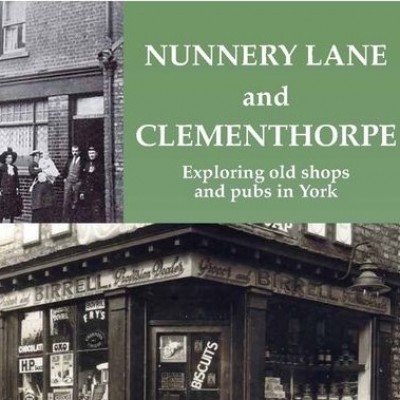


View navigation
05th June 2023
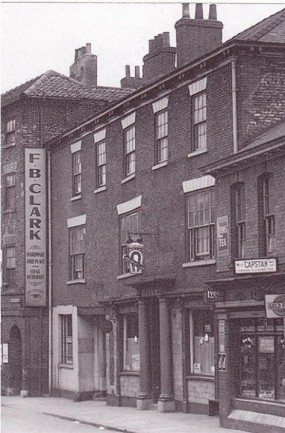 He highlighted many examples from our neighbourhood, covering a variety of types of hotel. From the 18th century the major coaching inns were in Coney St, on the other side of the river, but we did have a few on our side. For example the Elephant and Castle in Skeldergate was one of York’s most important inns, with 30-40 stables. In 1760 it was the terminus for a public coach between York and Leeds that left the inn twice a week, on Mondays at 6am and on Thursdays at 5am. In an interesting 20th century development, Syd Heppell told the York Oral History Society that when they had circuses at the Empire (the Grand Opera House) they used to keep the circus animals in the stables behind the Elephant and Castle. All the animals, the ponies, the camels, the zebra, and the small elephant would parade from there along Skeldergate, over the Ouse Bridge, through Nessgate and back down King Street to the back door of the Empire. This inn was demolished long ago and is now the site of Centurion Square.
He highlighted many examples from our neighbourhood, covering a variety of types of hotel. From the 18th century the major coaching inns were in Coney St, on the other side of the river, but we did have a few on our side. For example the Elephant and Castle in Skeldergate was one of York’s most important inns, with 30-40 stables. In 1760 it was the terminus for a public coach between York and Leeds that left the inn twice a week, on Mondays at 6am and on Thursdays at 5am. In an interesting 20th century development, Syd Heppell told the York Oral History Society that when they had circuses at the Empire (the Grand Opera House) they used to keep the circus animals in the stables behind the Elephant and Castle. All the animals, the ponies, the camels, the zebra, and the small elephant would parade from there along Skeldergate, over the Ouse Bridge, through Nessgate and back down King Street to the back door of the Empire. This inn was demolished long ago and is now the site of Centurion Square.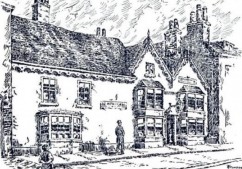 The Windmill Inn on Blossom Street dates from the late 17th century, when it was constructed as two cottages. It was first recorded as an inn in 1735, and when it was sold in 1867, it was advertised as one of the oldest in the city, with stabling for 65 horses. By 1902 it still had 16 letting bedrooms, and began catering for car drivers and cyclists. In the 1970s it became part of the then well-remembered Berni Inn steakhouse chain. Food still remains a major feature, and it is now owned by Greene King. Since 1968, the building has been grade II listed. The sharp-eyed will notice the buildings to the right of the Windmill, which were demolished with the widening of Queen St in the early 20th century, to make way for electric trams.
The Windmill Inn on Blossom Street dates from the late 17th century, when it was constructed as two cottages. It was first recorded as an inn in 1735, and when it was sold in 1867, it was advertised as one of the oldest in the city, with stabling for 65 horses. By 1902 it still had 16 letting bedrooms, and began catering for car drivers and cyclists. In the 1970s it became part of the then well-remembered Berni Inn steakhouse chain. Food still remains a major feature, and it is now owned by Greene King. Since 1968, the building has been grade II listed. The sharp-eyed will notice the buildings to the right of the Windmill, which were demolished with the widening of Queen St in the early 20th century, to make way for electric trams.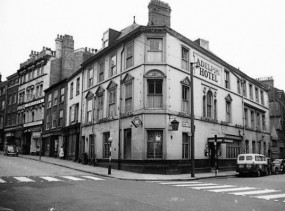 Some of our old hotels were ‘commercial hotels’, for business people (nearly always men), such as the Adelphi on the corner of Micklegate and George Hudson St (now the Pop World nightclub), the Great Northern Hotel on the corner of Tanner Row (now Club Salvation) and the Cromwell Hotel at 31 Micklegate (where the FortyFive Vinyl Café is now). In most cases when you look up at these buildings you can spot some of their original features.
Some of our old hotels were ‘commercial hotels’, for business people (nearly always men), such as the Adelphi on the corner of Micklegate and George Hudson St (now the Pop World nightclub), the Great Northern Hotel on the corner of Tanner Row (now Club Salvation) and the Cromwell Hotel at 31 Micklegate (where the FortyFive Vinyl Café is now). In most cases when you look up at these buildings you can spot some of their original features.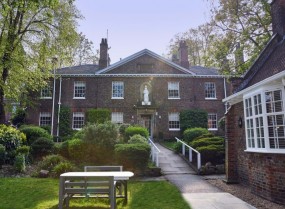 Interestingly while these and many other hotels eventually closed and changed to other commercial uses, one well-known hotel in York has modified a group of historic buildings into a hotel in modern times. Middleton’s Hotel on Skeldergate opened in the 1970s, and includes 56 individual hotel rooms spread across six different historic buildings, all Grade II or Grade II* listed buildings: Lady Anne House, Cromwell House, Chaplin House, Sir Joseph Terry Cottages, No.56 Skeldergate and The Organ Factory.
Interestingly while these and many other hotels eventually closed and changed to other commercial uses, one well-known hotel in York has modified a group of historic buildings into a hotel in modern times. Middleton’s Hotel on Skeldergate opened in the 1970s, and includes 56 individual hotel rooms spread across six different historic buildings, all Grade II or Grade II* listed buildings: Lady Anne House, Cromwell House, Chaplin House, Sir Joseph Terry Cottages, No.56 Skeldergate and The Organ Factory.